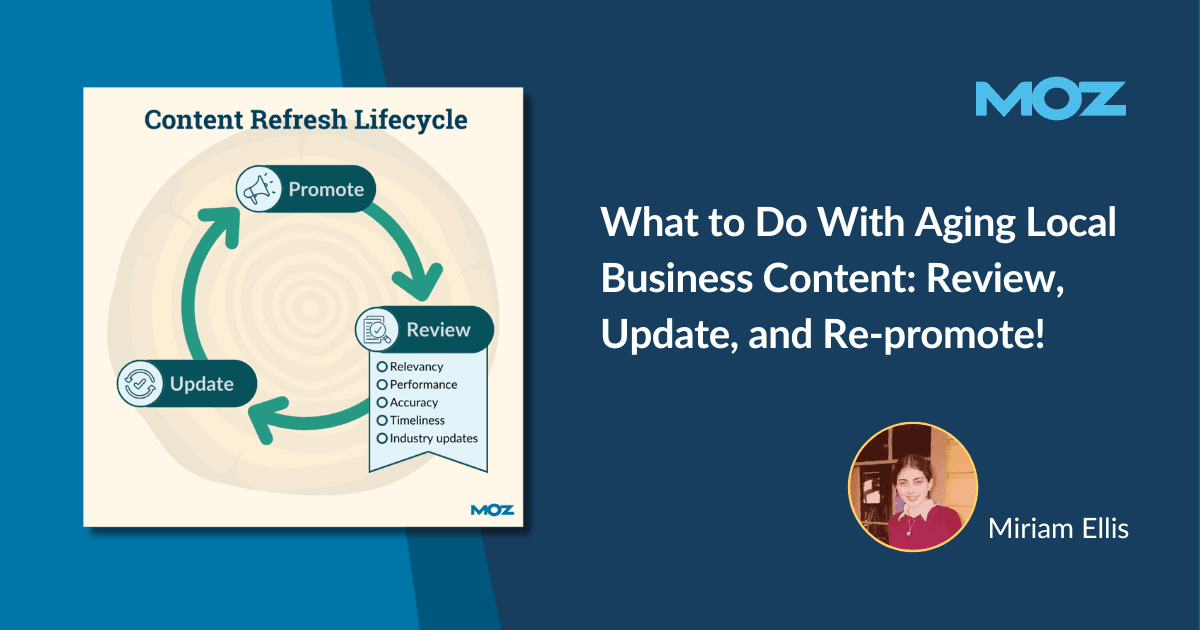You begin with the big question: Is this content still relevant?
Post #1
The answers are “yes” and “yes” for post number one, in which you did a case study on compost. People still need to know about which compost brands are best, so yes, the subject of this article is still relevant.
But upon review, you realize that, yes, some of the information is outdated because one of the five brands you tested is no longer available, and there are also several mentions of the year 2019 in the post. That could signal to both people and search engine bots that your content is outdated.
You need to let readers know that one of the products was discontinued and suggest a suitable replacement brand. You could also remove references to 2019. It doesn’t really matter when you did this particular case study, and if you note that you’ve updated the post for 2024, readers and search engines will know the information is fresh and accurate.
Post #2
Here, the answers are “yes,” this subject is still relevant, and “no,” the information isn’t outdated, but the timestamp on the post is getting old.
In 2019, you documented what happened when you planted part of your nursery with a native plant to attract Pipevine Swallowtail butterflies, and you photographed the results. There’s nothing dated about the post, but you could refresh it with another photo shoot showing how butterfly numbers have increased across the five years since you did the planting. You could re-share this updated and inspirational post across your social channels, secure in the knowledge that you are sharing interesting, current information.
Post #3
Next up, you answer “no” to whether the content is still relevant from a post about water rationing regulations in your area in the summer of 2019, because, thankfully, your community has had lots of rain over the past couple of winters.
But you can also answer “yes” to whether the content could be revised and republished to become relevant once more. Drought-tolerant landscaping is a core benefit of gardening with native plants, and you could rework the piece to be about the general principles of this, with a look back at 2019, so that customers are prepared for future periods of drought.
Post #4
Finally, we come to a post about the former owner of the business, who sold the nursery to you in 2020. This means that “no” the content is no longer relevant, and “no” revising it really isn’t an option because the person featured in the piece is no longer associated with the brand.
Instead, you could write a new post featuring the current owner of the company and retire and redirect the 2019 post to the new content.
As you go through each piece of older content, it will help you if you log the status of each piece in your spreadsheet, such as “update,” “refresh,” revise,” and ‘“retire,” with your notes about what should be done with each asset.
